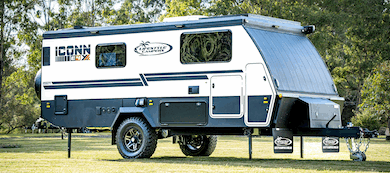Winnebago Exceeds $2 Billion in Revenue for 2018
Winnebago has reported its financial results for its fourth quarter and showed that full-year revenues for 2018 exceeded $2 billion for first time. Also, its strong towables segment increased by 30 percent. Revenues for the fourth quarter were $536.2 million, an increase of 17.9 percent compared to $454.9 million for the fiscal 2017 period. Gross profit was $83.8 million, an increase of 13.9 percent compared to $73.6 million for the fiscal 2017 period.
“Fiscal 2018 was a tremendous step forward for Winnebago Industries in all aspects – strategically, financially, and culturally,” said Michael Happe, president and CEO. “Strategically we made strong strides in the journey to transform ourselves into a premier, outdoor lifestyle company, especially with our fourth-quarter entry into the attractive marine market with the acquisition of Chris-Craft. We have also elevated our level of competitiveness within the North American RV market as a stronger full-line OEM, raising consolidated market share primarily on the strength of our sustained towables segment growth.”
Operating income was $45.7 million for the quarter, an improvement of 5.1 percent compared to $43.5 million in the fourth quarter of last year. Fiscal 2018 fourth quarter net income was $29.8 million, an increase of 19.5 percent compared to $24.9 million in the same period last year.
In the fourth quarter, revenues for the motorhome segment were $228.5 million, up 2.5 percent from the previous year.
Revenues for the towable segment were $288.7 million for the fourth quarter, up 26.2 percent over the previous year, driven by continued strong organic growth across the Grand Design RV and Winnebago-branded businesses.
“The RV industry, while transitioning to a more moderate pace of shipments in the short-term, continues to be positioned for strong secular growth in the years ahead, as does the marine industry,” said Happe. “We do however face strong comps within the RV industry in the first six months of our fiscal year, as well as current cost pressures on key materials and components.”


